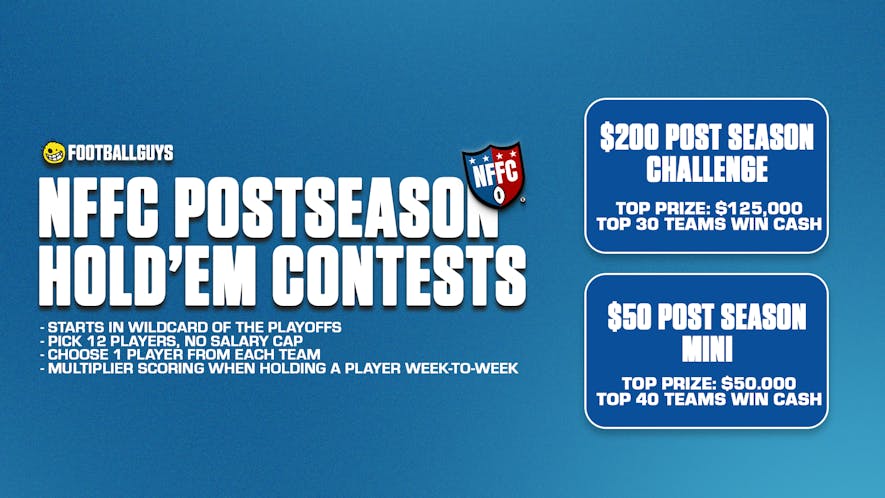There's a lot of strong dynasty analysis out there, especially when compared to five or ten years ago. But most of it is so dang practical— Player X is undervalued, Player Y's workload is troubling, the market at this position is irrational, and take this specific action to win your league. Dynasty, in Theory is meant as a corrective, offering insights and takeaways into the strategic and structural nature of the game that might not lead to an immediate benefit but which should help us become better players over time.
Learning Who We Are
The title of today's column is a quote by Herminia Ibarra: "We learn who we are in practice, not in theory." (Like most people, I came across this quote through David Epstein, a journalist and author who writes about the science of performance.)
I've been thinking about this a lot as the season approaches. I suspect newer readers— welcome, newer readers!— might have a sneaking suspicion that I take this quote as a shot across the bow. The name of this column is Dynasty, in Theory, after all. For long-time readers— welcome back, long-time readers!— that suspicion might be a bit stronger. After all, this column used to have a sister named "Dynasty, in Practice" that focused on the useful and practical, but it fell by the wayside because... bluntly, I tend to be more comfortable gazing at navels.
But I'm not bothered by the quote. Quite the opposite. I wanted to share it because I think it's the most useful companion to anything you might read here.

Allow me, if you will, to serve as an example.
Are 2-for-1 Trades Good?
I started playing dynasty fantasy football in 2007. At the time, there was a very common aphorism: "whoever got the best player won the trade". If you posted to a message board asking what people thought about a trade you just made (this was 2007, we were still using message boards back then), you would invariably meet a flood of replies sagely opining that whoever got the best player won the trade.
And at the time, that was largely true. In any trade where one side was giving two players and getting one back, whoever was getting the one back usually came out ahead in the long run. But that was a feature of the market, not anything inherent to 2-for-1 trades. At the time, managers would commonly sell top performers too cheaply— in what amounted to the proverbial "one crumpled dollar for two shiny quarters" swindle. The saying was a corrective, a reminder to newer managers to guard against that risk.
Becoming My Own Case Study
Continue reading this content with a ELITE subscription.
An ELITE subscription is required to access content for Dynasty leagues. If this league is not a Dynasty league, you can edit your leagues here.

